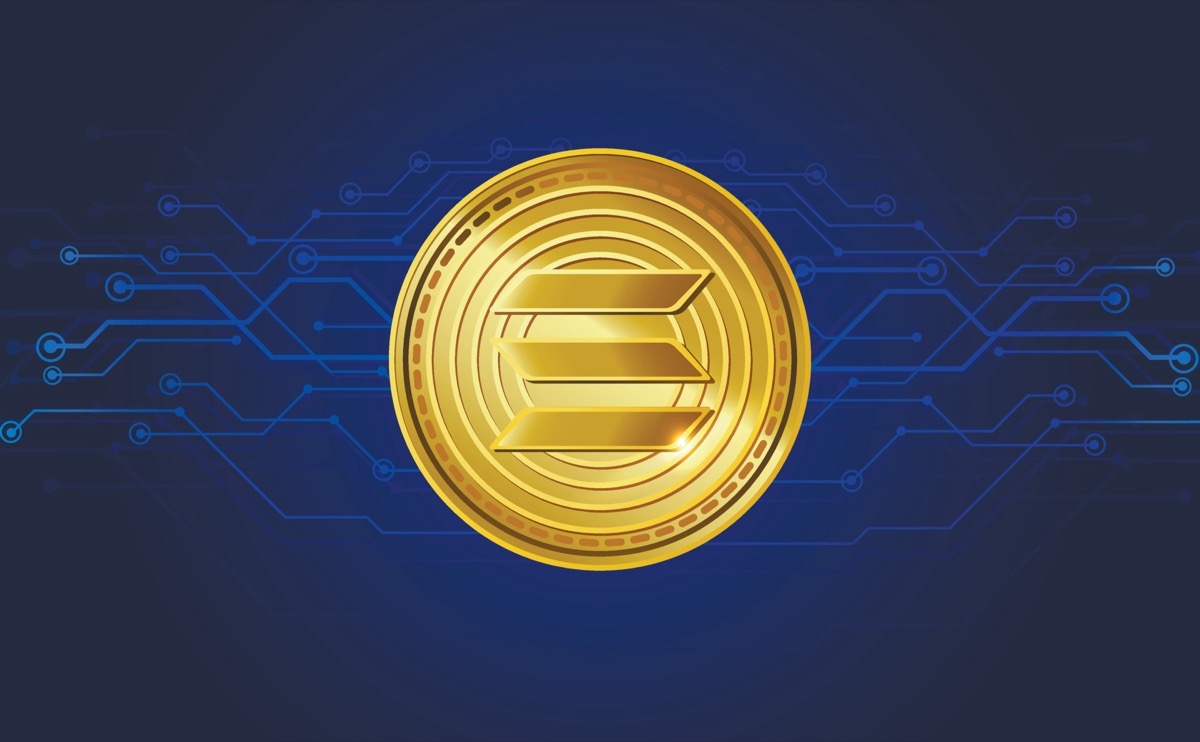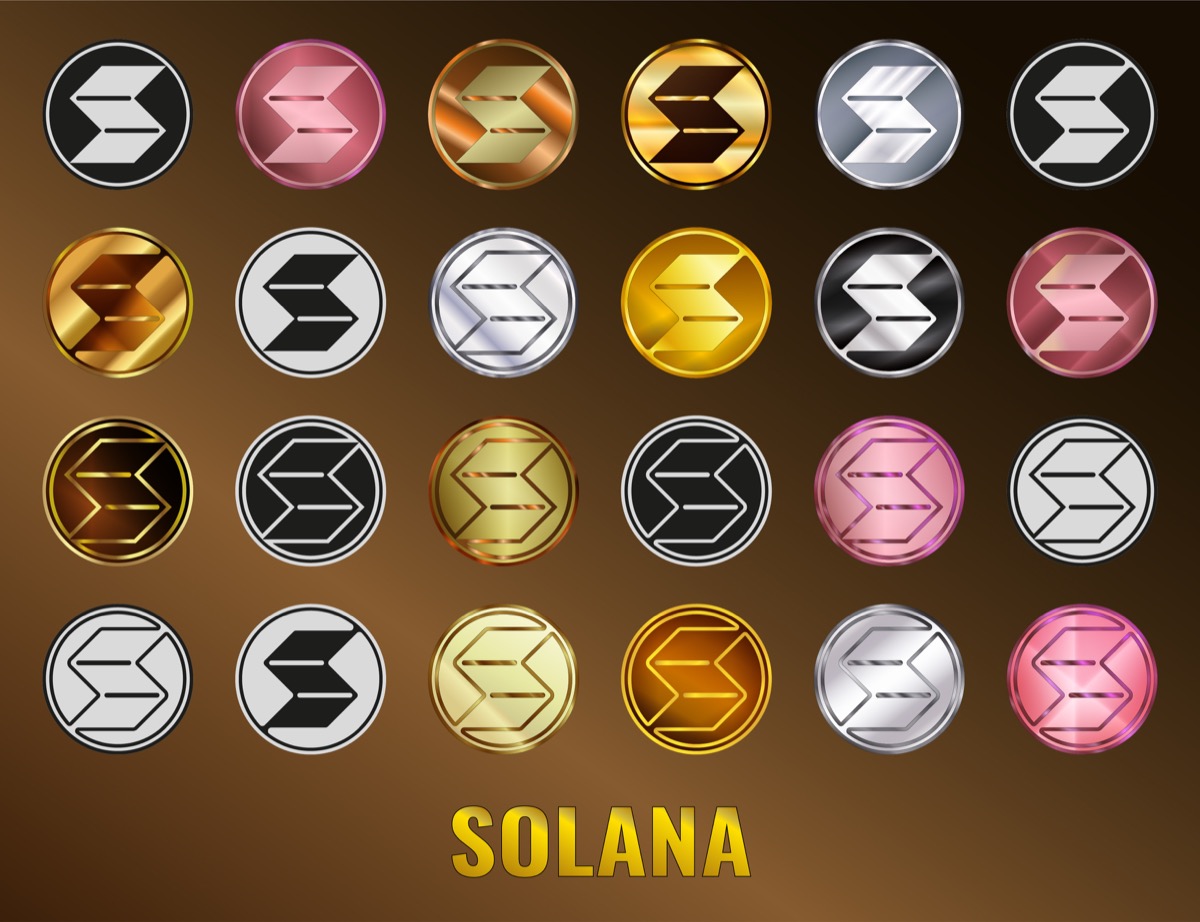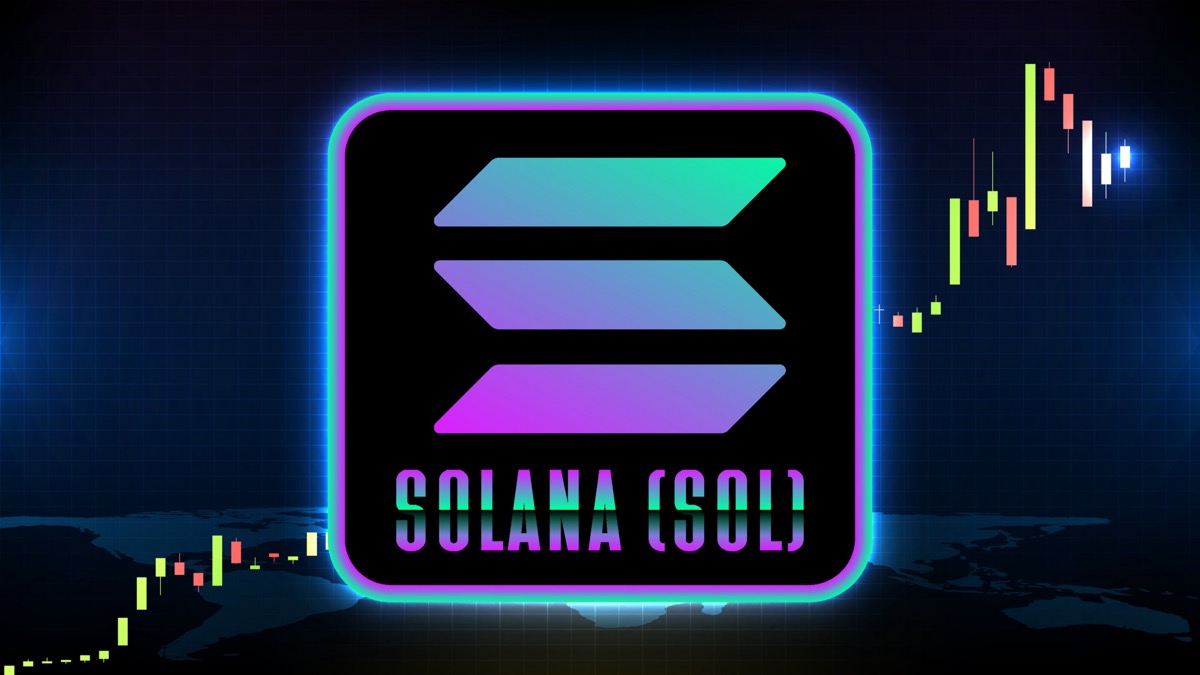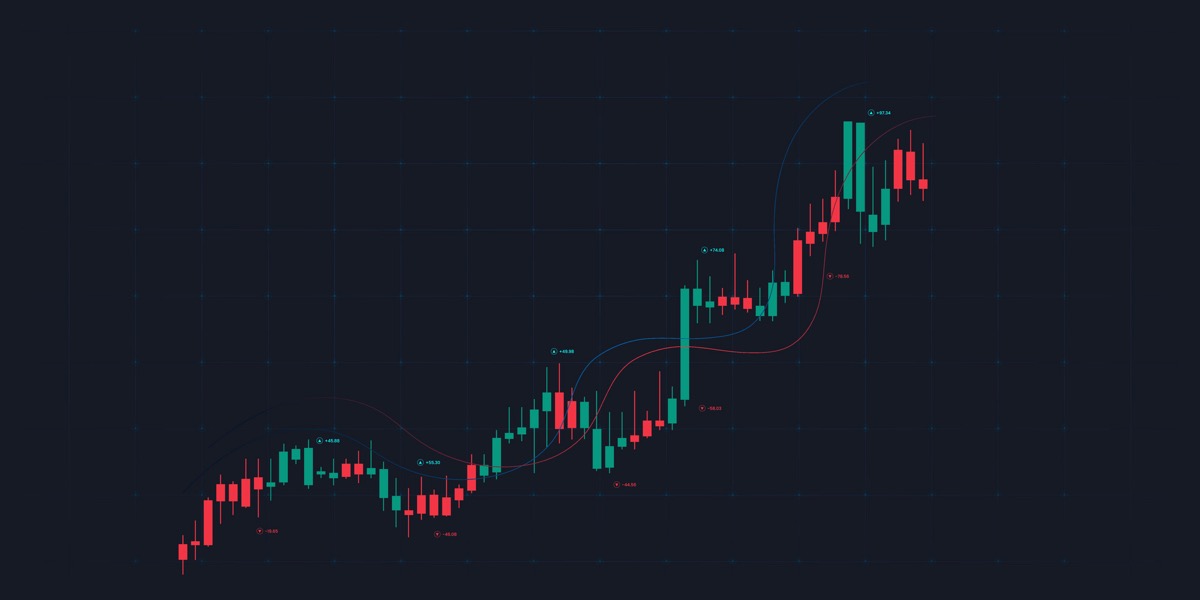
Introduction: Why Best Practices Matter for Your Sol Rank Bot
Launching a token on Solana is only half the battle. To build sustained interest and credibility, many projects turn to automated tools like SolARBa’s rank bot. But without clear guidelines, even the smartest bot can trip over compliance rules, burn through capital, or trigger exchange flags.
Think of your token as a vintage car—sprucing up the engine won’t help if you leave the wheels misaligned. Best practices for your sol rank bot ensure smooth chart movement without unintended jolts.
In this guide, we’ll explore the common traps teams fall into, the core principles to follow, and real-world tips for leveraging a SolARBa rank bot to drive genuine volume and sustainable growth.
Whether you’re a seasoned on-chain strategist or new to automated trading, you’ll find actionable insights to fine-tune your approach and avoid pitfalls that can derail your project’s momentum.
Ready to accelerate your token’s journey? Let’s dive in.

Section 1: Common Pitfalls to Avoid When Running a Sol Rank Bot
1. **Over-Aggressive Order Sizing** Placing massive orders in a single block may temporarily spike your chart position, but it often backfires. Exchanges flag sudden volume surges, and market makers might widen spreads, eroding your capital. Instead, break orders into micro-batches for steadier movement.
2. **Ignoring Slippage and Fees** Every trade on Solana incurs network fees and slippage risk. If your bot doesn’t factor in these costs, your effective volume can be much lower than planned. Routinely simulate trades with test tokens to calibrate order sizes accurately.
3. **Neglecting Compliance Windows** Some exchanges monitor trading during low-liquidity periods (like late nights) more strictly. Avoid scheduling heavy bot activity during these windows to reduce the chance of temporary suspensions or review flags.
4. **Static Strategies in Dynamic Markets** A “set-and-forget” configuration works at launch but fails as market conditions shift. Bots that don’t adapt to sudden volatility spikes—like news announcements—can execute at unfavorable prices, harming your token’s reputation.
5. **Lack of Transparent Reporting** Stakeholders and token holders value transparency. If your bot activity is a black box, trust erodes. Maintain clear logs of executed orders, timestamps, and net volume contributions for audits and community updates.
Section 2: Core Principles for Effective Sol Rank Bot Management
**Principle 1: Gradual Volume Scaling** Imagine filling a balloon versus using a firehose—gentle, incremental inflows ensure stability. Start with small volume thresholds, then increase by a fixed percentage each week. This approach mimics organic trading patterns and avoids abrupt volume spikes.
**Principle 2: Dynamic Order Timing** Leverage SolARBa’s scheduling features to randomize order intervals. By varying times within defined trading windows, you mask automated signals and blend seamlessly with natural market activity.
**Principle 3: Liquidity Depth Analysis** Before placing buy-sells, analyze order book depth across key pools. Avoid thin books where even moderate orders cause outsized price swings. Instead, target pools with sufficient depth to absorb bot activity without skewing the price drastically.
**Principle 4: Regulatory and Exchange Compliance** Adhere to each venue’s rules—some forbid self-trading or wash trades altogether. Review policies on your primary platforms and configure guardrails in SolARBa to halt activity if predefined thresholds are breached.
**Principle 5: Continuous Monitoring and Alerts** Set real-time alerts for unusual price deviations or failed transactions. Integrate with messaging apps or dashboards to get instant notifications, letting you intervene before minor hiccups become major issues.
Section 3: Step-By-Step Best Practices for Long-Term Token Growth
1. Establish Baseline Metrics Before activating your sol rank bot, gather on-chain data: average daily volume, holder count, and price volatility. These benchmarks help you measure the bot’s real impact over time.
2. Configure Tiered Volume Targets In SolARBa, set daily volume tiers—low, medium, high—and tie each to distinct order sizes. For example, start with 1 % of average daily volume, then ramp to 3 % by week four. This tiered approach creates predictable yet organic growth.
3. Rotate Trading Pairs To broaden exposure, alternate between major pools (e.g., USDC, USDT) and smaller pairs. Rotation prevents over-reliance on one market and taps diverse liquidity sources for sustained rankings.
4. Audit and Adjust Weekly Each seven days, review executed trade logs, net volume, and price impact. Compare against baseline metrics and tweak settings—batch sizes, time windows, or pair allocations—to optimize performance.
5. Engage with Community Updates Share high-level summaries—without exposing sensitive parameters—in your project’s channels. Transparency about volume contributions and positive chart movements builds trust and attracts new participants.

Section 4: Monitoring, Reporting, and Compliance
**Automated Dashboards** Connect SolARBa’s API to your analytics platform for live dashboards. Visualize volume trends, price slippage, and execution success rates to spot anomalies at a glance.
**Compliance Audits** Quarterly reviews by an external auditor reinforce your project’s integrity. They can verify that bot-driven trades comply with exchange policies and local regulations.
**Fail-Safe Mechanisms** Implement circuit breakers: if price swings exceed a threshold or slippage spikes, automatically pause bot activity. These safeguards protect your treasury from flash crashes or market perturbations.
**Transparent Reporting** Publish a monthly “Bot Activity Report” summarizing total volume executed, average order sizes, and net impact on chart positions. Transparency turns an abstract process into a tangible community asset.
**Legal Framework** Consult with a securities attorney if your region treats tokens as financial instruments. Clearly define your bot’s role in your whitepaper and legal disclosures to stay ahead of regulatory scrutiny.
Conclusion and Actionable Takeaways
A well-configured sol rank bot is like a skilled gardener: it nurtures growth, prunes excess volatility, and showcases your token in its best light. By avoiding the common pitfalls outlined above and following our core principles—gradual scaling, dynamic timing, and rigorous compliance—you’re setting the stage for authentic, long-term success.
Remember these key points:
- Scale volume incrementally and test before full rollout.
- Rotate trading pairs to tap broader liquidity.
- Maintain transparent logs and community updates.
- Employ automated alerts and circuit breakers for safety.
- Review performance weekly and audit quarterly.
With SolARBa as your trusted rank and volume bot, you’ll avoid guesswork and keep your token’s growth steady, compliant, and credible. Ready to put these best practices into action?



